Researchers excavating ancient ruins atop a seaside overlook on the island of Ithaca believe they have identified the Sanctuary of Odysseus, including two terraces, a tower, springs, and staircases carved into the mountainside.
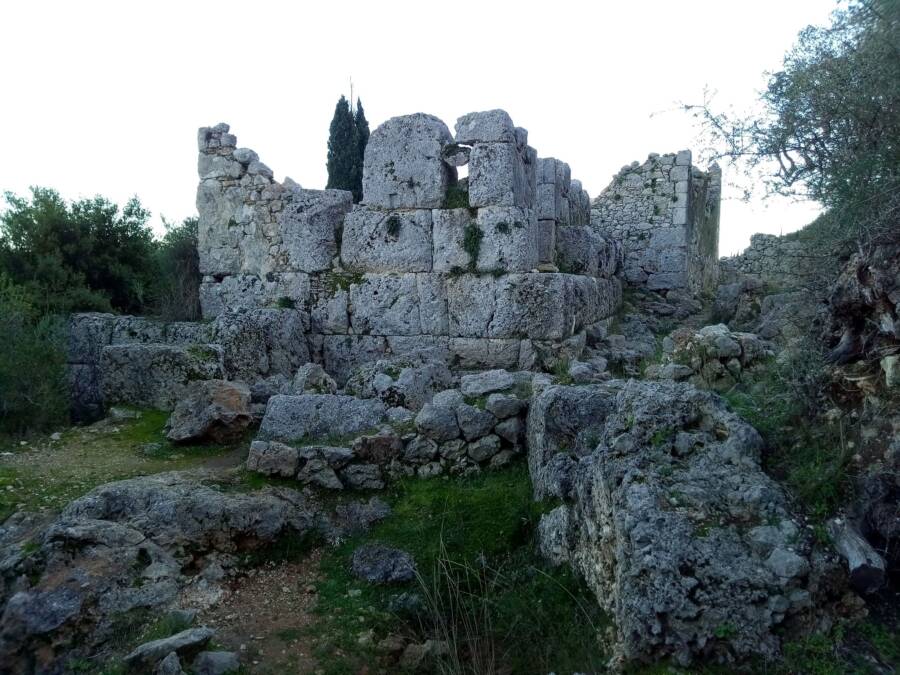
Greek Ministry of CultureThe tower-like structure from the Hellenistic period at the ancient site on Ithaca that’s believed to be the Sanctuary of Odysseus.
New discoveries at the “School of Homer” archaeological site on the Greek island of Ithaca have just revealed that it may have once hosted the ancient Sanctuary of Odysseus, the sacred venue dedicated to this storied king of Greek myth.
Also known as the Odysseion, this new discovery was made by researchers from the University of Ioannina with backing from the Greek Ministry of Culture, which announced the findings earlier this month. This find may now reignite old debates about whether this Homeric hero of the Iliad and the Odyssey was only a literary figure or also a real-life king.
The Possible Discovery Of The Sanctuary Of Odysseus At The “School Of Homer” Archaeological Site On Ithaca
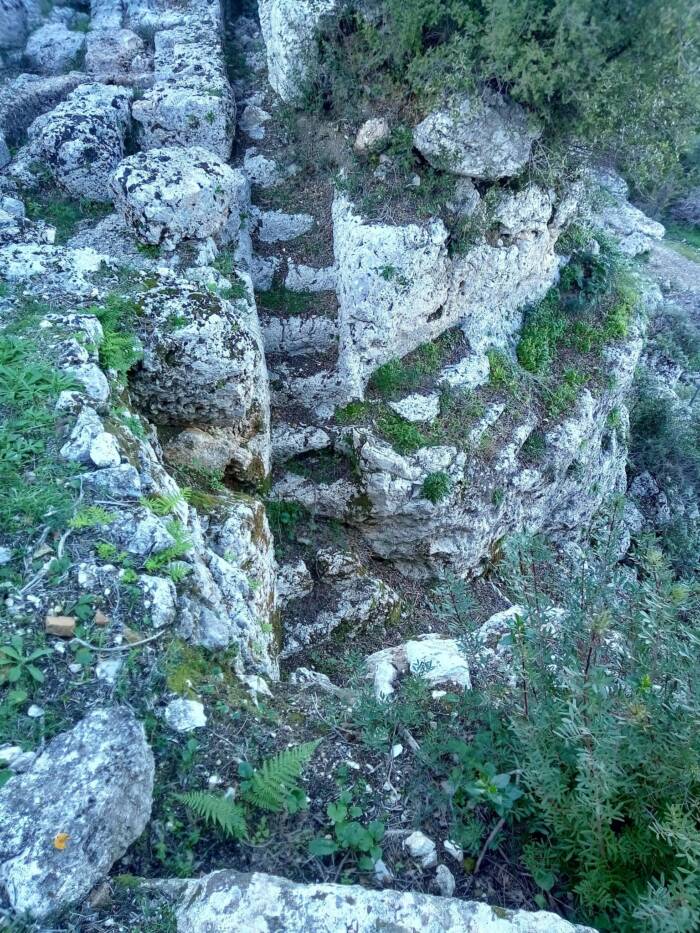
Greek Ministry of CultureA carved staircase at the School of Homer archaeological site.
Excavations at the so-called “School of Homer” have been ongoing since the 1990s, but have intensified between 2018 and the present. The site is located on the eastern slopes of Exogi in northern Ithaca, particularly notable for its natural springs and a large rock outcropping.
It earned the name “School of Homer” due to its proximity to locations traditionally associated with the stories of Odysseus, made famous in the works of Homer.
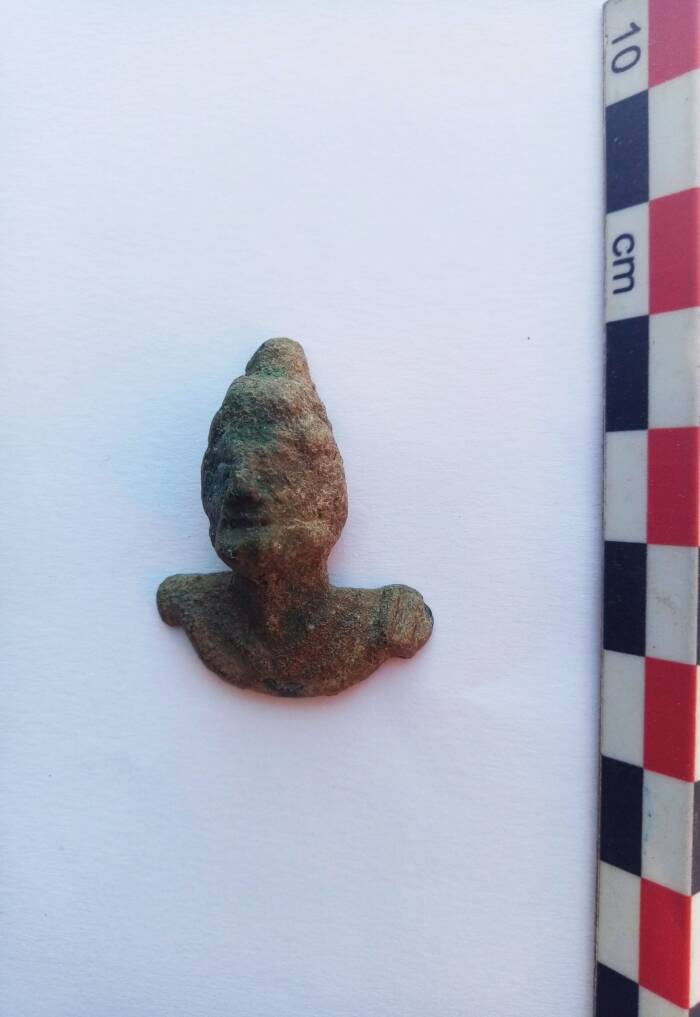
Greek Ministry of CultureA bronze statue head, possibly of Odysseus.
Initially, the site had piqued scholarly interest for its Mycenaean-era ruins, including walls, fortifications, a palace-like building, and an underground cistern. While these findings were compelling, it was the more recent discoveries — inscriptions, statues, ritual artifacts, and structural features — that have most expanded experts’ understanding of the site’s historical purpose.
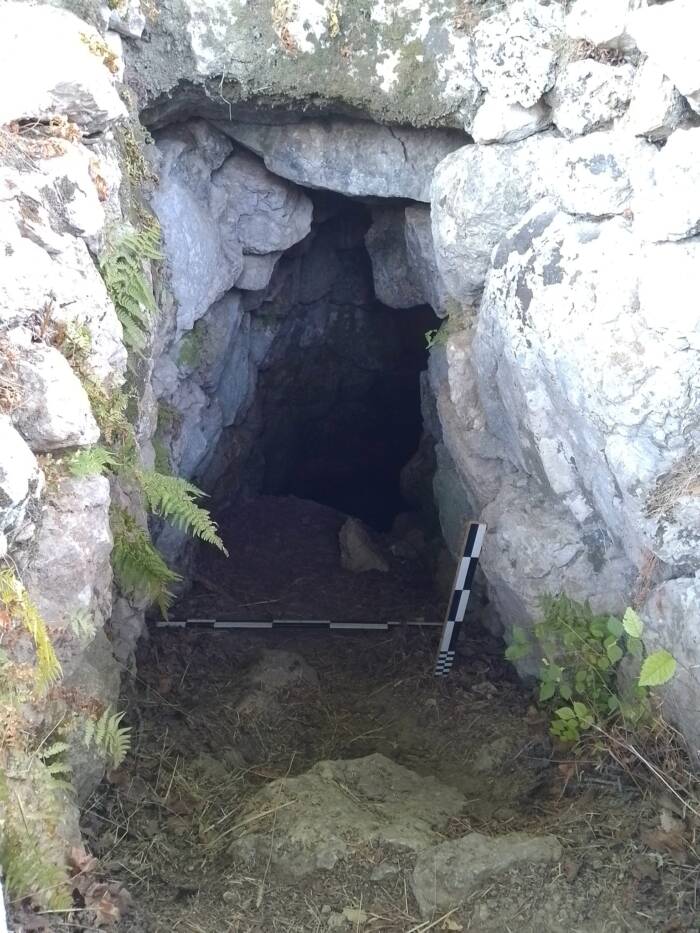
Greek Ministry of CultureThe underground cistern at the supposed Sanctuary of Odysseus.
Dozens of various discoveries reveal how this site was used throughout a number of time periods in antiquity. Flint tools and ceramic fragments from the late fifth millennium B.C.E., for example, represent the earliest evidence of human activity here. The Mycenaean period (from around the 14th to 13th centuries B.C.E.) brought the development of an underground cistern that was likely vital for the management of the local springs.
During the Hellenistic period, the natural terraces were dramatically restructured with carved staircases, architectural terraces, and a tower-like structure dated to approximately the third century B.C.E., which all signal major civic and sacred activity, particularly related to Odysseus.
Physical Evidence Of Odysseus Worship Blurs The Line Between Myth And Fact
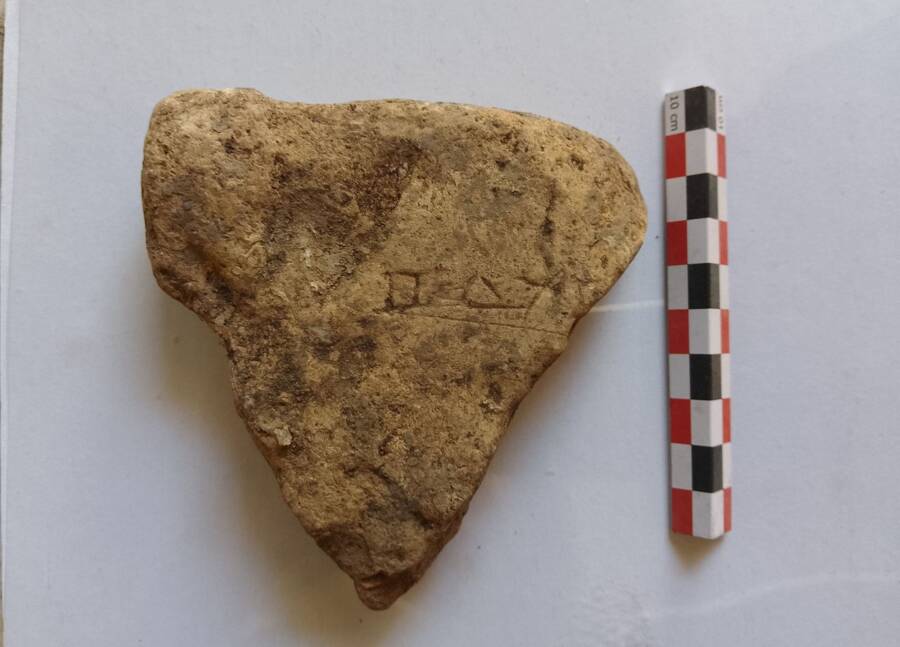
Greek Ministry of CultureA tile engraved with a votive inscription to Odysseus.
The new theory that this site was once the Sanctuary of Odysseus stems from several key finds. For instance, archaeologists uncovered multiple roof tiles from the lower terrace that were inscribed in ancient Greek with the phrases ΟΔΥCCEOC (“of Odysseus”) and ΟΔΥCCEI (“to Odysseus”). These tiles suggest the presence of a formal sanctuary dedicated to the legendary king of Ithaca. The site is now widely being referred to as the Odysseion, a hero’s shrine where Odysseus was venerated by local and foreign pilgrims alike.
The terrace also yielded a miniature bronze bust believed to depict Odysseus himself, bearing stylistic similarities to representations of him featured on ancient Hellenistic and Ithacan coinage. Accompanying it were dozens of clay votive fragments, loom weights, spindle whorls, and more than 100 coins dating from the third century B.C.E. to the early Roman period.
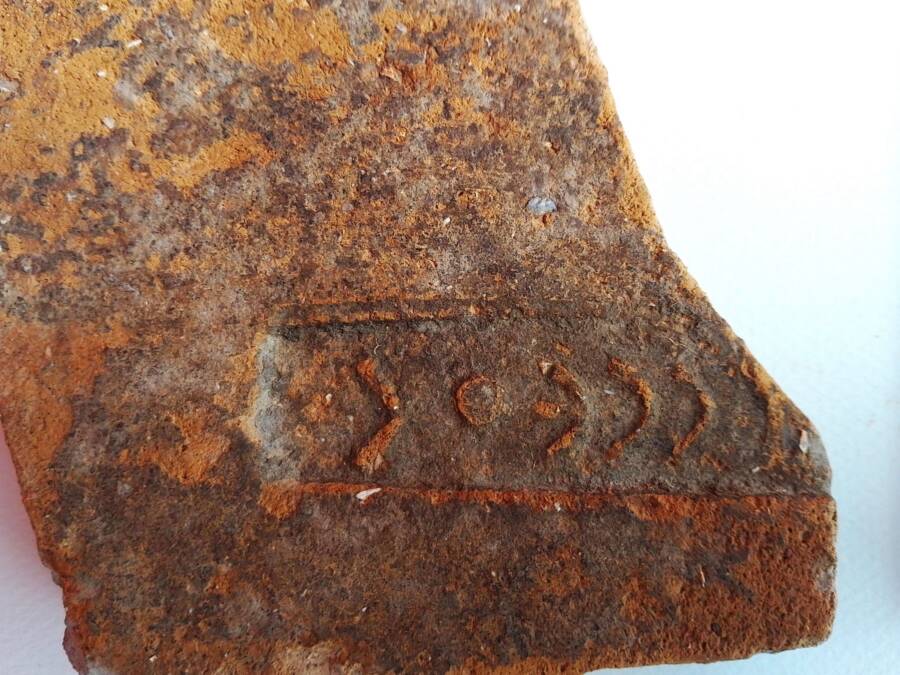
Greek Ministry of CultureA stamped tile bearing the name of Odysseus.
Together, these artifacts point to ritual activity and sustained pilgrimage to this site over multiple centuries.
Evidence for a cult of Odysseus had been mounting over the years. In the 1930s, archaeologists discovered a fragmentary votive mask inscribed with ΕΥΧΗΝ ΟΔΥCCΕΙ (“Thanks, Odysseus”) in the nearby Polis Bay cave. But until now, the case for a formal sanctuary remained speculative.
Still, nothing found at the site indicates that the hero Odysseus was definitively a real person. Rather, it suggests that his prominence as a literary figure bled into genuine ritual beliefs.
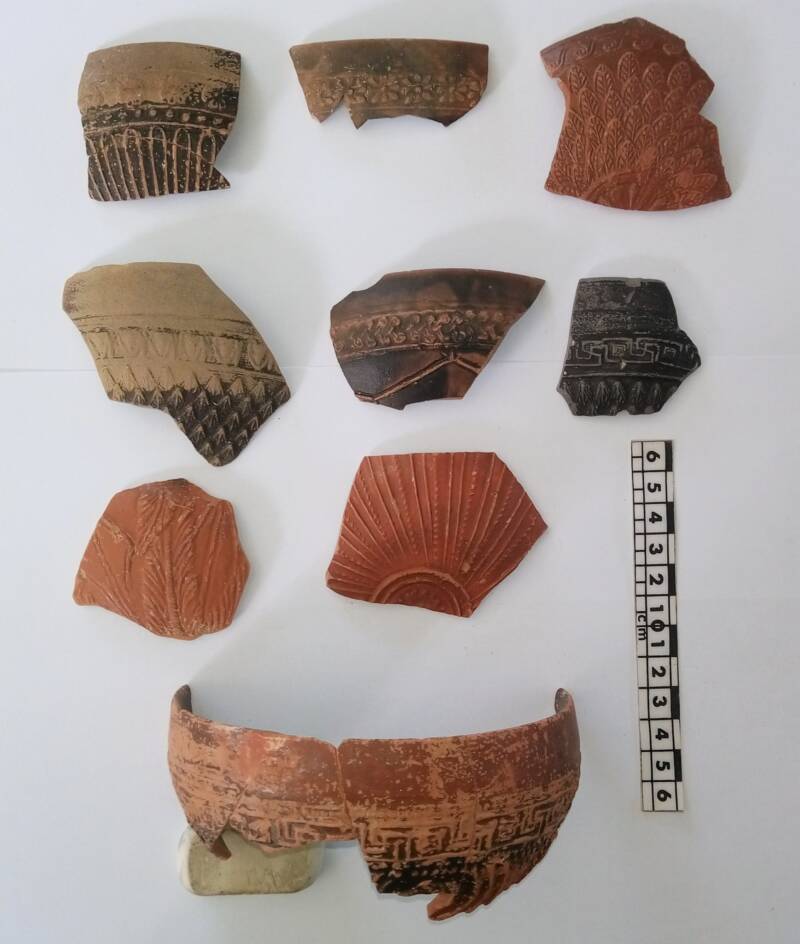
Greek Ministry of CultureHellenistic pottery from the presumed Sanctuary of Odysseus archaeological site.
The discovery has once again stoked scholarly debates about how myth and history intertwine in the ancient Mediterranean world. It also casts new light on how Homeric heroes were not merely literary figures but objects of real-world veneration, much like local saints or civic patrons.
Work at the site now continues, with plans to excavate additional buildings and analyze residue from offering basins.
After reading about the Sanctuary of Odysseus, learn all about the history of the Trojan Horse — and the debate about whether it really ever existed. Then, read the story of Sisyphus and his eternal punishment at the hands of Zeus.





